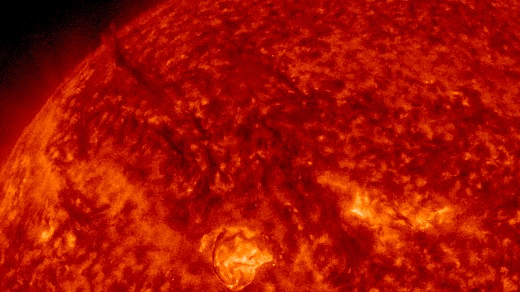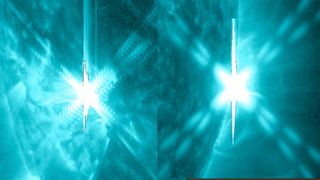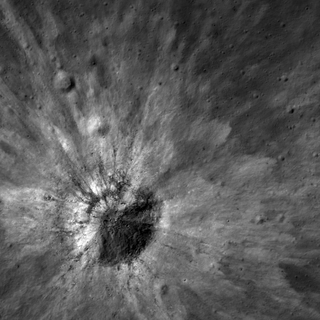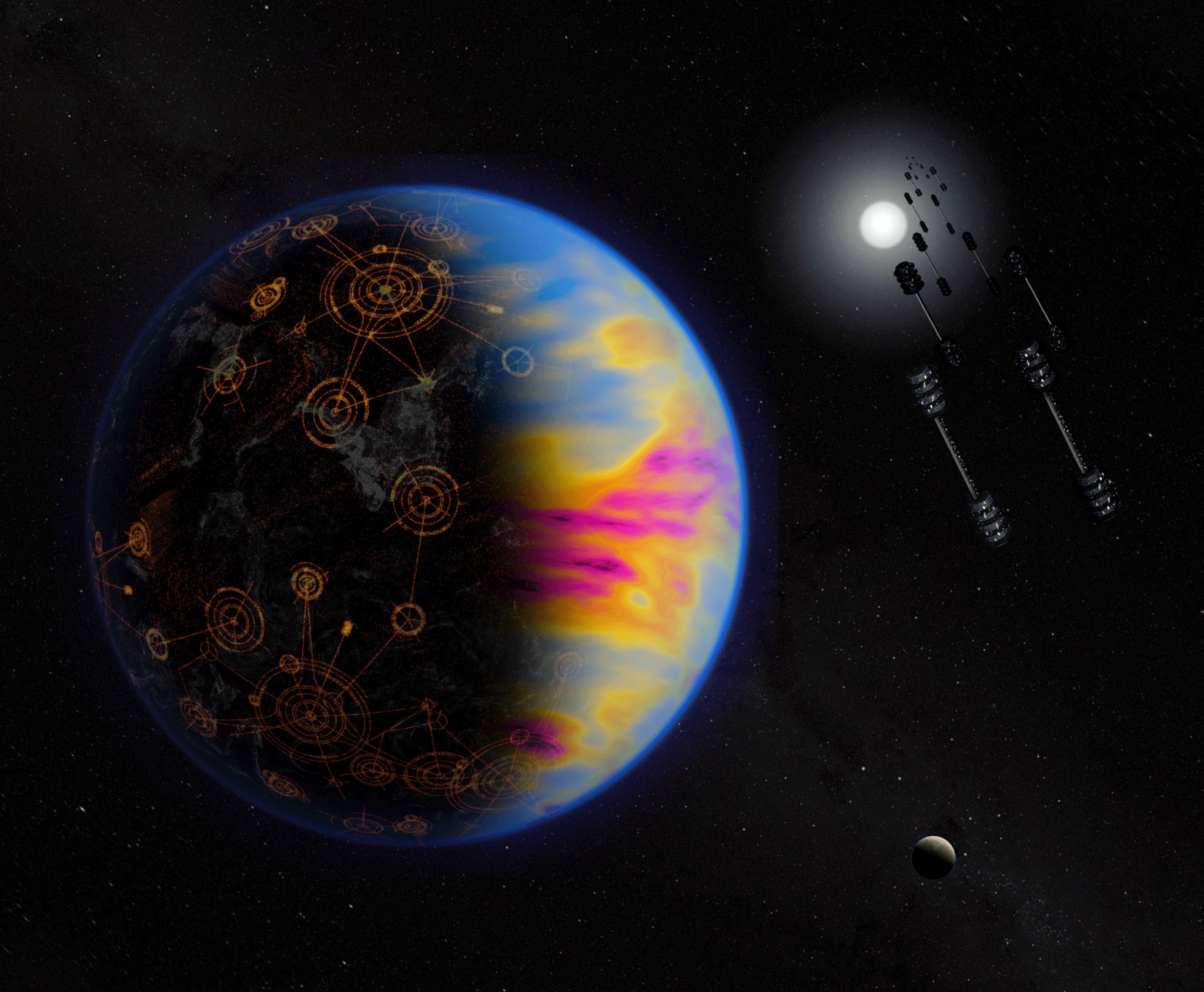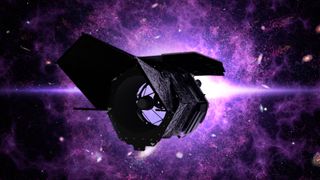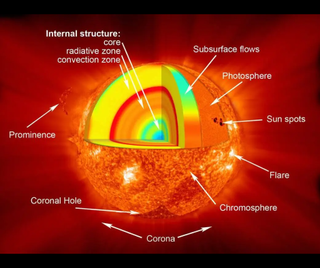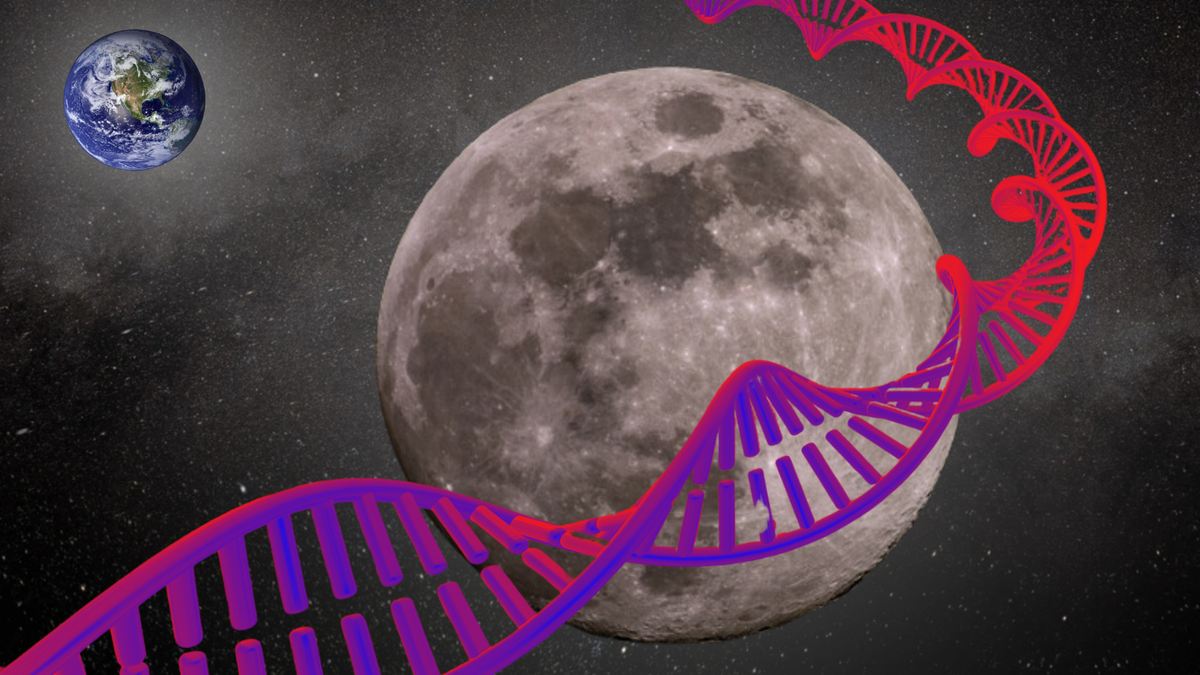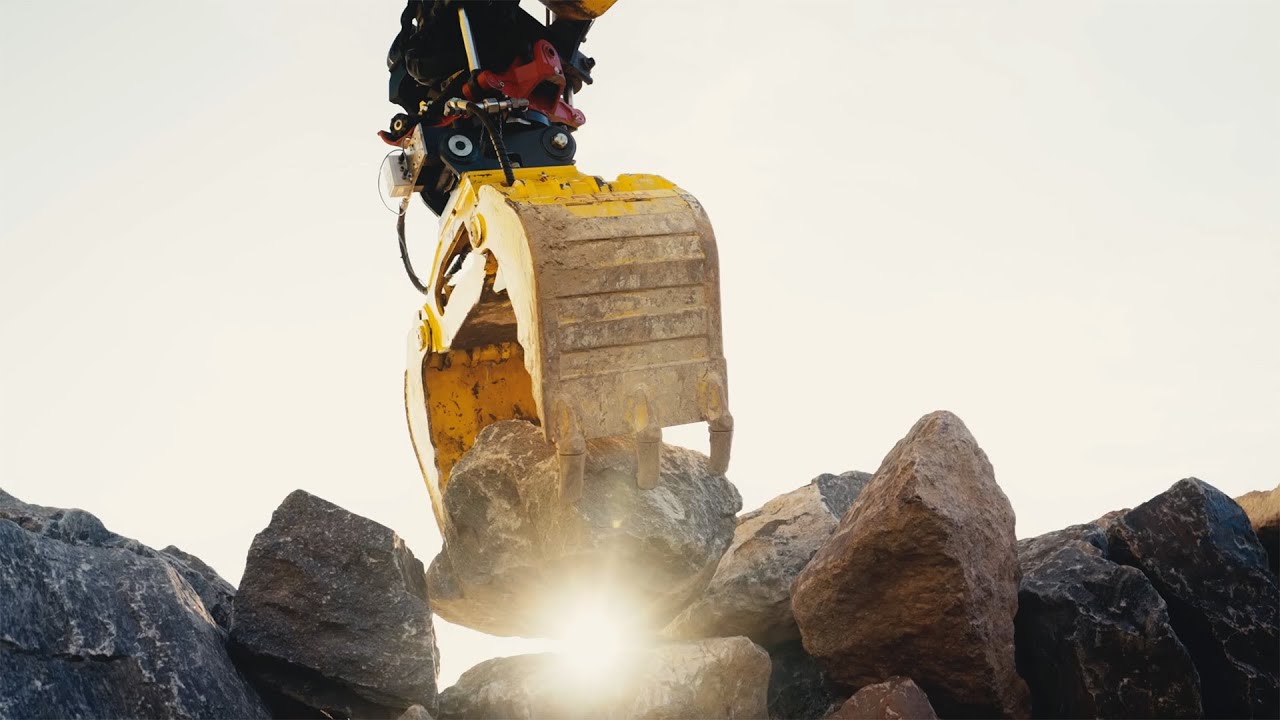A nearby star that’s similar to the sun in many ways is actually an unprecedented oddball, astronomers have discovered. The surprising star is V889 Herculis, located 115 light-years away in the constellation of Hercules. This otherwise sun-like young star spins in a way that astronomers have never seen before and could challenge our model of stellar rotation, which scientists had thought was well understood. Stars are roiling balls of superheated gas or plasma, meaning they don’t rotate like solid bodies. Instead, they display differential rotation; some layers move at different…
Read MoreTag: The Universe
10 new dead star ‘monsters’ discovered at the heart of the Milky Way
Astronomers have discovered ten strange dead stars, or “neutron stars,” lurking near the heart of the Milky Way. These weirdo neutron stars are also spinning, meaning they are “pulsars.” Scientists suspect the overly dense nature of this oddball globular cluster, located 18,000 light-years from Earth, could result in these rapidly spinning dead stars taking on bizarre and twisted forms. The lot, for instance, includes several “spider pulsars” that destroy stars with plasma webs and a speed demon vampire star greedily feasting on its companion stars. Pulsars are neutron stars that…
Read MoreThe sun fires off 2 powerful X flares in less than 2 hours (video, photo)
The sun showcased its immense power yet again this morning (August 5), firing off not one but two X-class flares. X flares are the strongest solar flare class. Today’s first X blast, which launched from a sunspot called AR3767, reached its peak around 9:40 a.m. EDT (1340 GMT), clocking in at X1.7 on solar scientists’ flare scale. Then, less than two hours later, the sunspot AR3780 fired off an X1.1 class solar flare, which peaked at 11:27 a.m. EDT (1527 GMT). Solar flares are often accompanied by huge eruptions of solar…
Read MoreThe moon’s thin atmosphere is made by constant meteorite bombardment
It is easy to imagine the moon as an atmosphere-less hunk of rock orbiting Earth. However, while lacking breathable air, our planet’s loyal natural satellite companion does have a thin and wispy atmosphere. Scientists have long puzzled over the existence of this tenuous atmosphere or “exosphere” and have searched for the main process that sustains it, but new research indicates that this tenuous lunar atmosphere or “exosphere” owes its existence to renewal and replenishment caused by the violent bombardment of space rocks upon the moon. The team behind the research…
Read MoreNASA Scientists on Why We Might Not Spot Solar Panel Technosignatures
5 min read NASA Scientists on Why We Might Not Spot Solar Panel Technosignatures One of NASA’s key priorities is understanding the potential for life elsewhere in the universe. NASA has not found any credible evidence of extraterrestrial life — but NASA is exploring the solar system and beyond to help us answer fundamental questions, including whether we are alone in the universe. For those who study the potential for life beyond Earth, one of the questions has long been trying to determine the likelihood of microbial life versus complex…
Read MoreCould galaxy cluster collisions be used as dark matter detectors?
Dark matter is notoriously antisocial, refusing to interact with light and “normal” matter, making it effectively invisible. But what scientists aren’t sure about is if dark matter interacts with itself. If whatever particles make up dark matter do self-interact by colliding, and possibly even annihilating one another, new research suggests that clusters of galaxies could be used as natural dark matter colliders. This dark matter detection method would hinge on two of these vast groupings of galaxies meeting and smashing into each other. As these galaxy clusters are packed with…
Read More‘Cosmic dawn:’ NASA’s Roman Space Telescope will get baby pictures of our universe
When it opens its eye to the cosmos, NASA‘s next big off-Earth observatory, the Nancy Grace Roman Space Telescope, will peer back to a distant period in the universe’s history called “cosmic dawn.” Though Roman’s predecessor telescopes, the Hubble Space Telescope and the James Webb Space Telescope (JWST), take full advantage of the fact that the cosmos is now transparent to light, the universe wasn’t always this way. Up to around 400,000 years after the Big Bang, the cosmos was opaque, full of an obscuring “fog” of particles absorbing photons,…
Read MoreMagnetic fields on the sun could solve longstanding solar heating mystery
Scientists have long wondered why the hot soup of charged particles in our sun’s atmosphere gets hotter moving away from the surface of the sun. New research may have the answer, finding the super-hot nature of the sun’s outer atmosphere or “corona” could be due to the intriguing behavior of small-scale waves in this nebulous plasma. These waves, known to scientists as “kinetic Alfvén waves” or “KAWs,” are wave-like vibrations of magnetic fields manifested by motions in the sun’s photosphere. The findings could provide an important clue to decoding the…
Read MoreCan the moon help preserve Earth’s endangered species?
Could the moon soon be home to frozen biological samples of Earth’s endangered creatures? New research suggests scientists could use naturally occurring lunar cold spots, some of which haven’t seen sunlight for billions of years, to do just this. Recent studies have shown that as many as 8 million species exist on Earth, and over 1 million of these are under threat of extinction. Worryingly, this estimate could be the tip of the iceberg, as there could be many species that could become extinct before they have even been identified.…
Read MoreMoon robots could build stone walls to protect lunar bases from rocket exhaust
An autonomous, robotic hydraulic excavator could build a dry stone wall to act as a blast shield around a launch pad on the moon, propose a team of Swiss researchers. The excavator would make use of in situ materials (rather than the costly practice of transporting building material from Earth to the moon), collecting rocks on the lunar surface for use in a ringed wall with a radius of between 50 and 100 meters (164 to 328 feet). “The robot would be used to both collect the boulders as well…
Read More